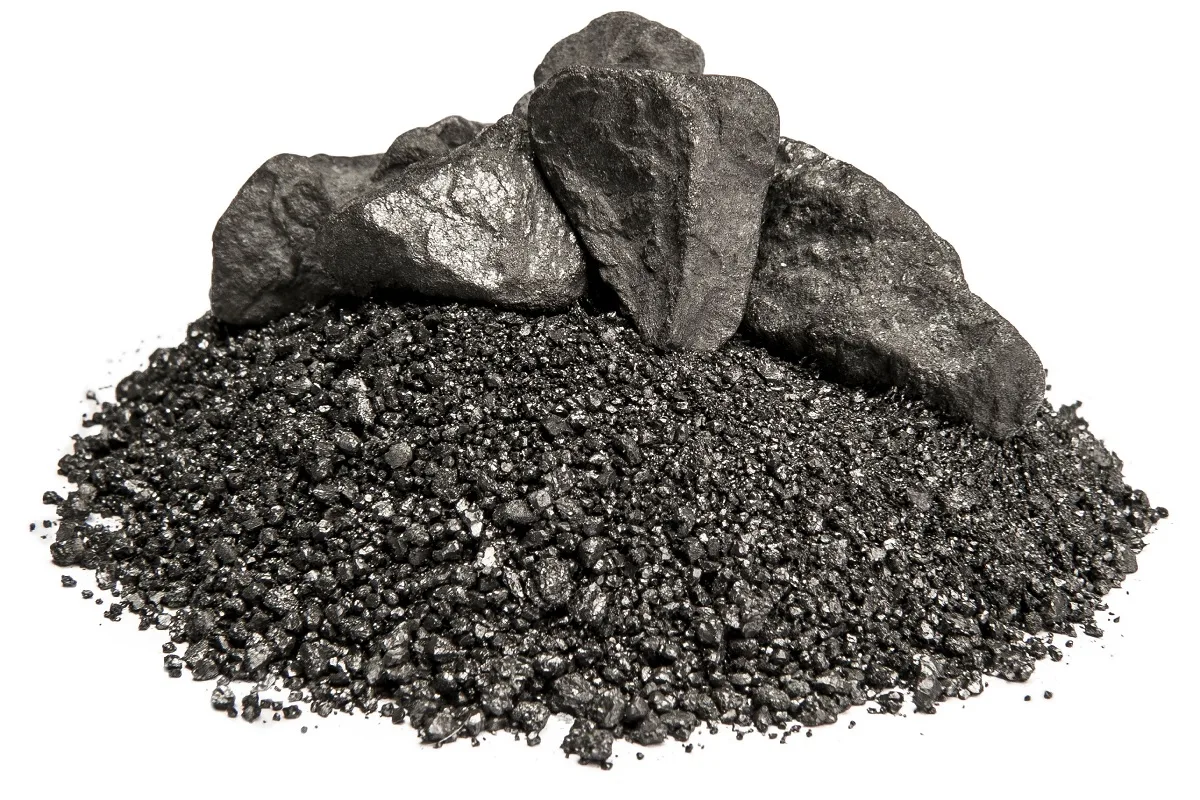
Menu
Call Us Today
9325059853

9325059853

High alumina refers to materials with a high content of aluminum oxide (Al2O3), often used in ceramics, refractories, and cement for their excellent heat resistance, durability, and chemical resistance. Specifically, it’s used in applications like high-temperature linings in furnaces, kilns, and reactors, as well as in chemical-resistant concrete and rapid repair solutions.
HAC is a type of cement containing a high percentage of alumina (40-80%). It’s produced by combining alumina (Al2O3) and limestone (CaCO3) and then firing the mixture at high temperatures.

SSP is a young, dynamic and fast growing company, charged with innovative ideas and quality products.
Near Dr. Ambedkar Statue New Khalashi Line,Kamptee,Dist.Nagpur
ssptraders01@gmail.com
Lorem ipsum dolor sit amet, consectetur adipiscing elit, sed do eiusmod tempor incididunt ut labore dolore.